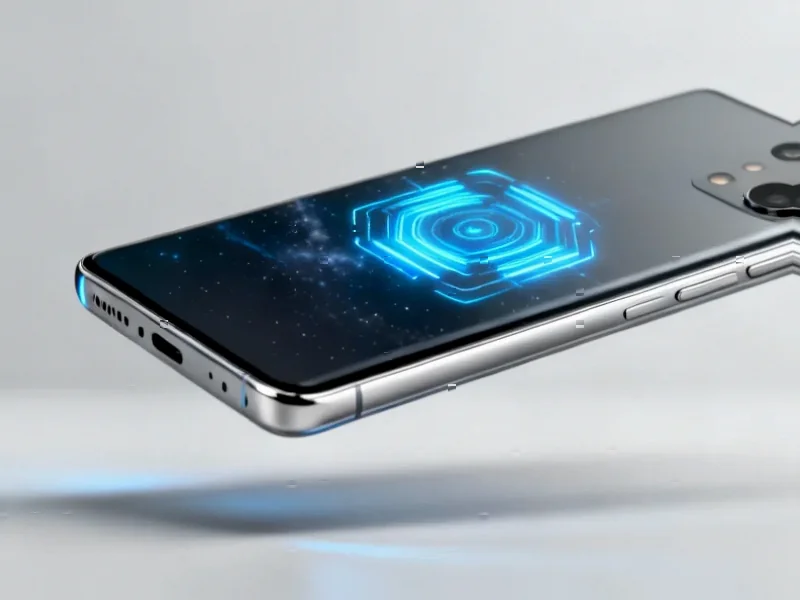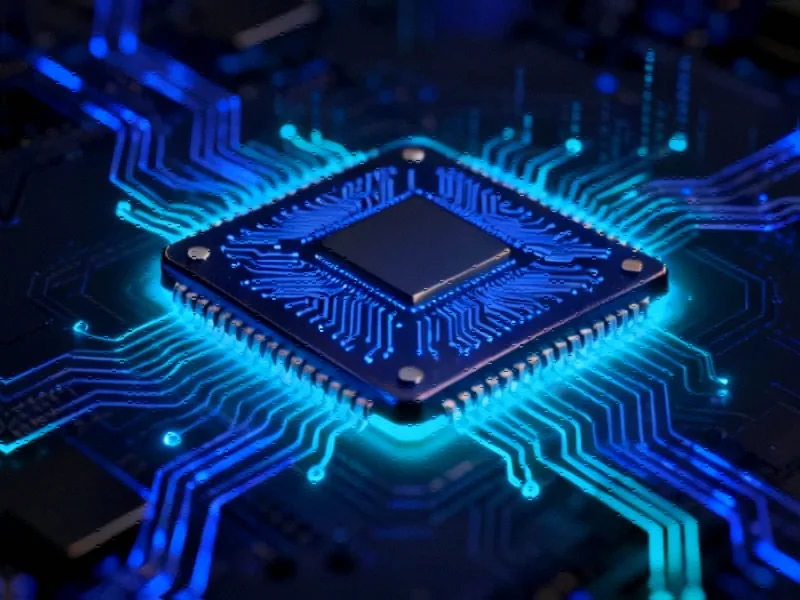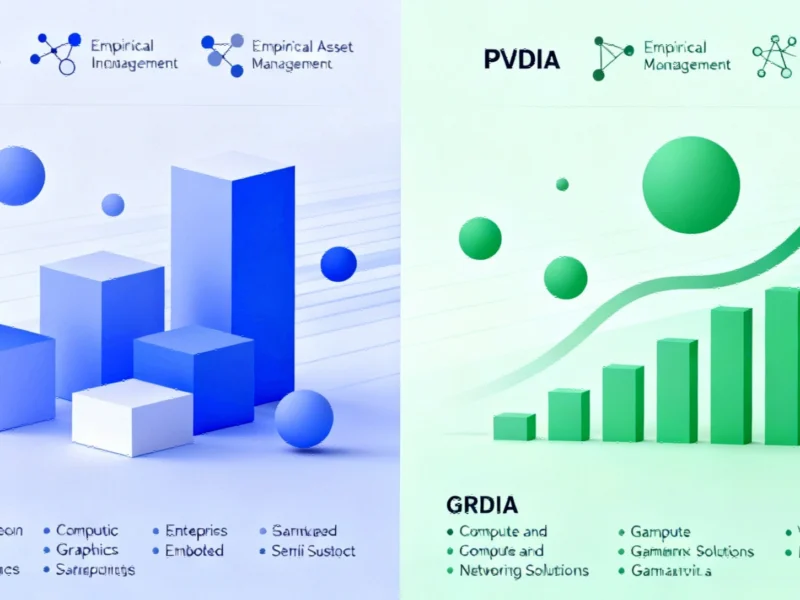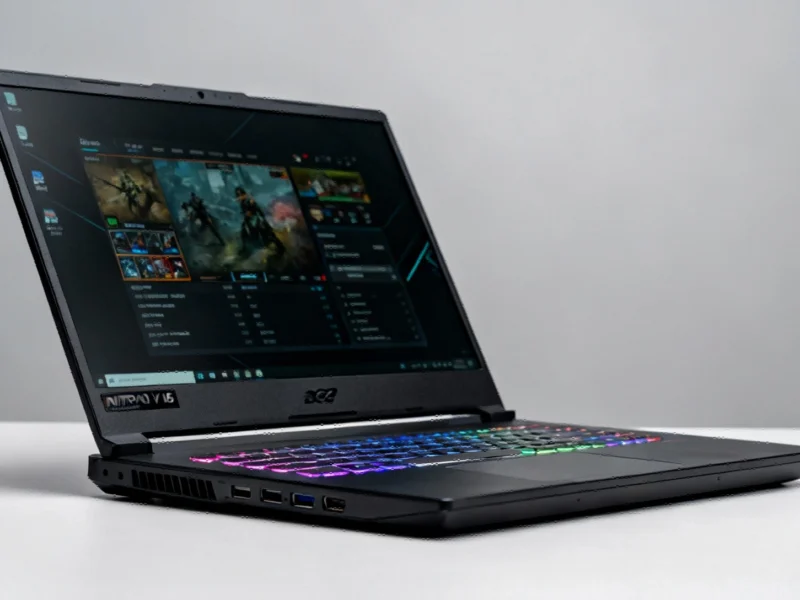In the relentless march of smartphone evolution, we’re witnessing something increasingly rare: a product that might actually represent the end of an era rather than just another incremental update. According to industry analysis, Samsung’s Galaxy S23 Ultra appears to be that rare device – the last of a breed of smartphones where hardware ambition, not artificial intelligence, defined what “Ultra” truly meant.
Table of Contents
The Hardware Zenith
What made the S23 Ultra special wasn’t just its specifications sheet, but its philosophical approach to smartphone design. This was a device that pushed boundaries because it could, not because market research demanded it. The 200MP camera sensor, according to technical analysis, represented more than just pixel count – it was Samsung’s statement about photographic ambition in an era where computational photography was beginning to dominate.
The phone’s true 10x optical zoom capability, now abandoned in favor of a more practical 5x optical zoom paired with higher resolution sensors in the S24 Ultra, marked what some industry watchers see as the end of Samsung’s bold optical experiments. “We’re seeing a fundamental shift from hardware differentiation to software-driven features across the industry,” notes mobile technology analyst James Chen. “The S23 Ultra might be remembered as the peak of Samsung’s hardware-first approach before the AI revolution took over.”
Design Identity Erosion
Perhaps the most visually striking change has been the transition from Samsung’s signature dual-curved displays to flat screens. The curved display, introduced with the Galaxy S6 Edge, had become as much a part of Samsung’s design language as the notch was to Apple’s iPhone lineup. While the flat screen on current models offers practical benefits like improved durability and reduced accidental touches, it represents a subtle homogenization in smartphone aesthetics.
This design convergence comes at an interesting time in the smartphone market. Chinese manufacturers like Xiaomi and Honor are actually doubling down on curved displays and unique form factors, creating an ironic situation where Samsung’s flagships are becoming more conventional while competitors embrace the distinctive design language Samsung pioneered.
The S Pen Paradox
The integrated S Pen remains Samsung’s most distinctive hardware feature, a direct inheritance from the beloved Galaxy Note series. The Bluetooth-enabled stylus in the S23 Ultra, capable of functioning as a remote control and camera trigger through Air Actions, represents exactly the kind of thoughtful hardware integration that made Samsung’s premium devices stand out.
Yet here lies the paradox: while the S Pen remains a unique selling proposition, its usage patterns suggest most consumers treat it as an occasional tool rather than an essential feature. This creates a challenging product strategy question – do you continue investing in distinctive hardware that defines brand identity, or allocate those resources toward features with broader mainstream appeal?
AI vs Hardware Innovation
Samsung’s current focus on AI features represents a fundamental strategic pivot. Where the S23 Ultra screamed “look what we can build,” recent launches emphasize “look what our software can do.” This shift mirrors broader industry trends but raises questions about sustainable differentiation. AI features, particularly those powered by cloud computing, can be replicated relatively quickly by competitors, whereas hardware innovations often require years of research and development.
The challenge for Samsung, according to market analysts, is that while AI features generate compelling marketing headlines, they rarely create the same emotional connection with consumers as groundbreaking hardware. “People remember the first phone with a great zoom lens or innovative display technology,” Chen observes. “They’re less likely to reminisce about the device that introduced better circle-to-search capabilities.”
Market Context and Competitive Pressure
Samsung’s strategic evolution comes during a particularly challenging period for the smartphone market. Global shipments have stagnated, and the premium segment where Ultra devices compete has become increasingly crowded. Chinese manufacturers like Oppo, Vivo, and Xiaomi are delivering sophisticated hardware at aggressive price points, forcing established players to reconsider their value propositions.
Meanwhile, Apple continues to dominate the high-end market with an approach that balances hardware refinement with ecosystem integration. The iPhone maker’s strategy demonstrates that you don’t need revolutionary hardware every year to maintain premium positioning, but you do need a coherent product philosophy that resonates with consumers.
The Future of “Ultra”
Looking ahead, the question isn’t whether Samsung will continue producing excellent smartphones – they almost certainly will. The real issue is whether the “Ultra” branding can maintain its premium cachet without the boundary-pushing hardware that originally defined it. As Samsung allocates more resources toward AI development and practical refinements, they risk creating a perception gap between the “Ultra” promise and the product reality.
Industry sources suggest Samsung is aware of this challenge and is exploring next-generation hardware technologies that could redefine smartphone capabilities. Foldable displays represent one avenue, but there’s also work on advanced sensor technology, new materials, and display innovations that could eventually restore the hardware ambition that characterized devices like the S23 Ultra.
For now, the S23 Ultra stands as a reminder of what happens when engineering ambition drives product development rather than market research and practical considerations. In the trade-off between revolutionary and evolutionary, Samsung appears to have chosen the latter path – at least for the moment. Whether this proves to be the right long-term strategy may depend less on technology trends and more on whether consumers still value hardware that makes them say “wow” rather than just “that’s useful.”



